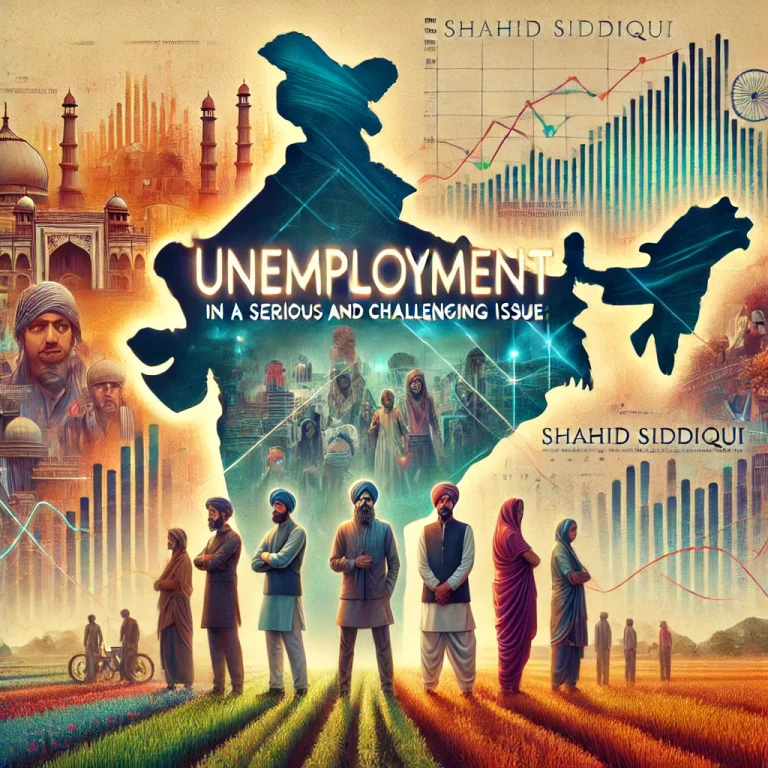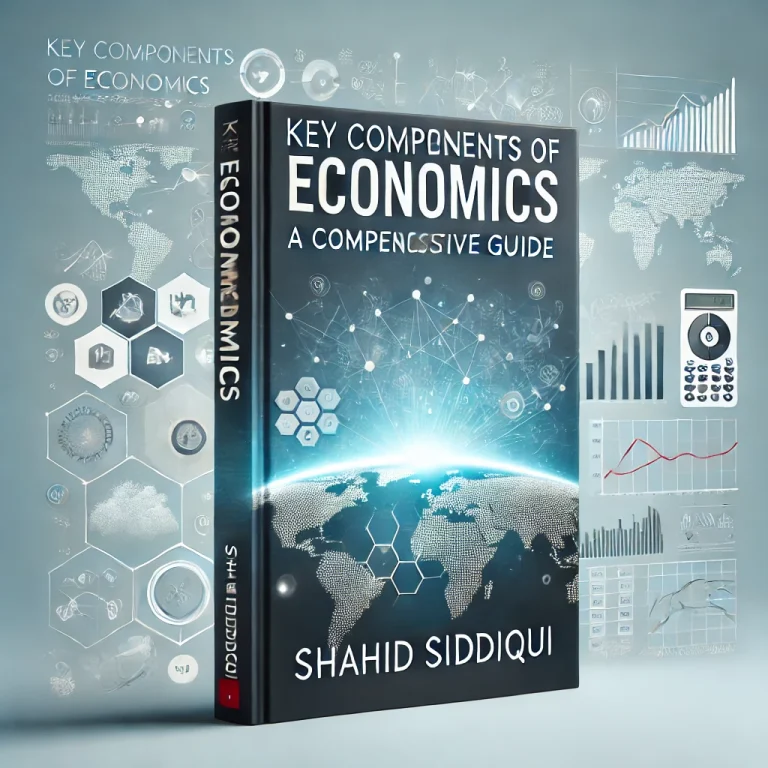Understanding the Business Cycle: Peak, Recession, Expansion, and Trough
The business cycle is the natural rise and fall of economic growth that occurs over time. It consists of four main phases: Peak, Recession, Trough, and Expansion. Each phase plays a crucial role in shaping the economy and influencing business and consumer behavior. To better understand these phases, let’s explore them with examples from the Indian economy.
1. Peak
The peak marks the highest point of economic growth before a downturn begins. At this stage:
- Economic indicators, such as GDP, employment rates, and consumer spending, are at their highest levels.
- Inflation may rise due to high demand and increased production costs.
- Businesses experience strong sales, and confidence in the market is high.
- Interest rates may increase as central banks try to control inflation.
Example: The Indian economy experienced a peak in 2016-17, with GDP growth exceeding 8%, a booming stock market, and rising consumer demand, particularly in sectors like real estate and automobiles.
Unlock more learning power. Click the link below for related articles
2. Recession
A recession is a period of economic decline that follows the peak. It is characterized by:
- A decrease in GDP over two consecutive quarters.
- Rising unemployment as businesses cut costs and reduce their workforce.
- Lower consumer and business confidence, leading to decreased spending and investment.
- Falling stock prices and reduced corporate profits.
Example: The COVID-19 pandemic led India into a recession in 2020, with GDP contracting by 7.3% in FY 2020-21, high job losses, and reduced industrial production.
Unlock more learning power. Click the link below for related articles
3. Trough
The trough is the lowest point of the business cycle, marking the end of a recession before recovery begins. Key characteristics include:
- Economic activity is at its weakest, with low GDP, high unemployment, and reduced consumer confidence.
- Business closures and bankruptcies may be more frequent.
- The economy stabilizes as supply and demand reach equilibrium.
- Government intervention and market corrections set the stage for a recovery.
Example: By the end of 2020, India’s economy started stabilizing, with policy interventions like the Atmanirbhar Bharat package and measures to boost MSMEs and employment.
Unlock more learning power. Click the link below for related articles
4. Expansion
Expansion is the phase of economic recovery and growth after a trough. It includes:
- Increasing GDP, employment, and consumer confidence.
- Businesses begin to invest and hire more employees.
- Stock markets perform well, and corporate profits rise.
- Central banks may start increasing interest rates to prevent excessive inflation.
Example: Post-2021, India witnessed strong economic growth driven by digital transformation, government infrastructure spending, and a surge in startups, leading to a strong expansion phase.
Conclusion
The business cycle is a continuous process that affects everyone—from businesses and investors to consumers and policymakers. Understanding its phases helps in making informed financial and business decisions. While economic fluctuations are inevitable, strategic planning and sound policies can mitigate risks and promote long-term stability. The Indian economy serves as a great example of how various phases impact growth, employment, and development.

